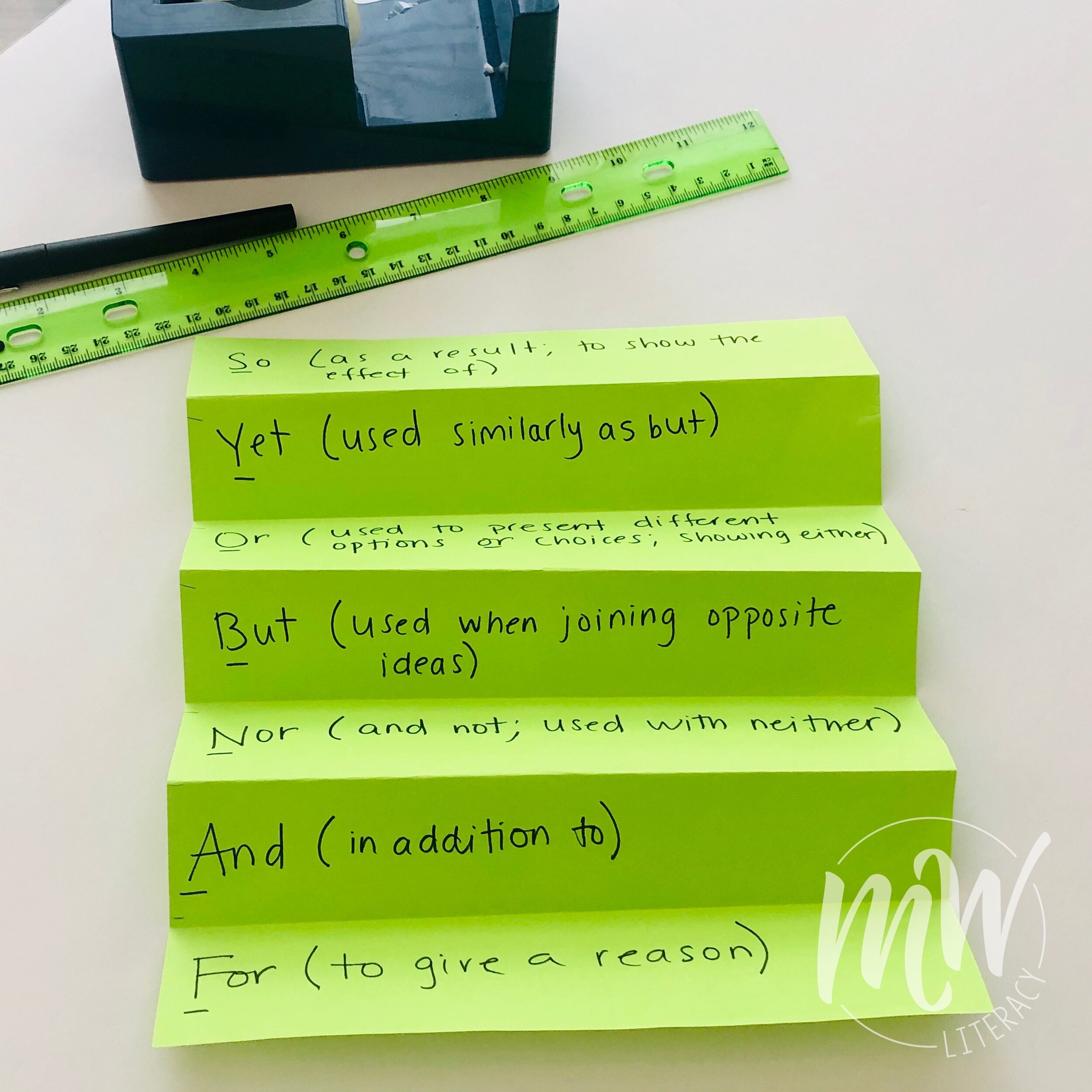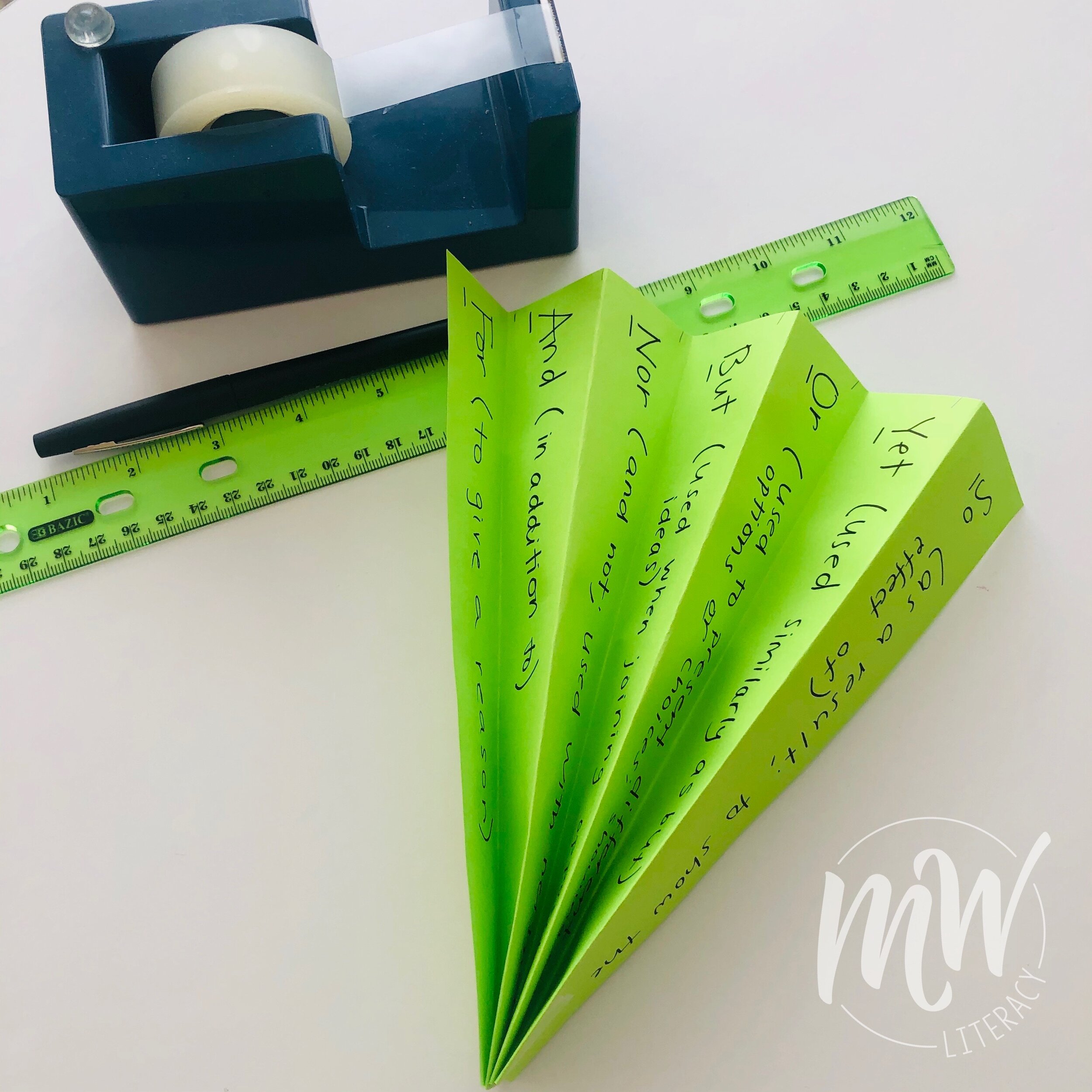Games are a vital part of learning and can support learning in a myriad of ways. This image below is my screen from a recent Zoom session with one of my rising middle school students. We were ending a session playing the asked-for-over-again word building game.
WHAT IS IT?
This is a word building game I play frequently with my students. They love that they’re playing a game, and I love that they are building their vocabulary, spelling, and organization skills.
HOW DO YOU PLAY?
It’s pretty simple. Choose a word and create 4 columns: one column each for 2-letter, 3-letter, 4-letter, and 5+ letter words. When playing virtually, I create a chart like this on my screen, and my students either a) creates a similar chart on paper or b) creates a document on their devices that they can screen share with me. Once the word is revealed and the grid is created, it’s go time. I allot approximately three minutes for students to build as many words as possible using the letters in the given word. Letters cannot be used more than once, but they can be used in any order.
You’ll notice that I have a FOCUS ON section. I do not use this with every student, but I will if my goal is to target particular spelling patterns, or if I have a student who has particular difficulty with task initiation and / or finding words, particular more complex ones.
HOW DO YOU CHOOSE A WORD?
When choosing a word, I typically choose one that is seasonal, relevant to a current events issue, or related to a student’s interest. The word in this example above is from a recent session after Hurricane Isais wrecked havoc through our area and knocked out power, resulting in weeklong (and longer) power outages for many. My family is thankful that when we bought our house, there was already a generator installed. Unfortunately, the generator broke down after day 4 of working as back up. Hence, generator seemed like an appropriate word for many reasons that week: it was relevant, it targeted vocabulary and parts of speech (i.e. What are other forms of the word?: generate, generation, generated, etc…), and it honed particular spelling skills I wanted to focus on with this specific student.
This game can be differentiated for many different learning levels and needs. For extension work, ask students to pick a word to use in a well-written and descriptive sentence.
Happy Playing!
STAY CONNECTED




